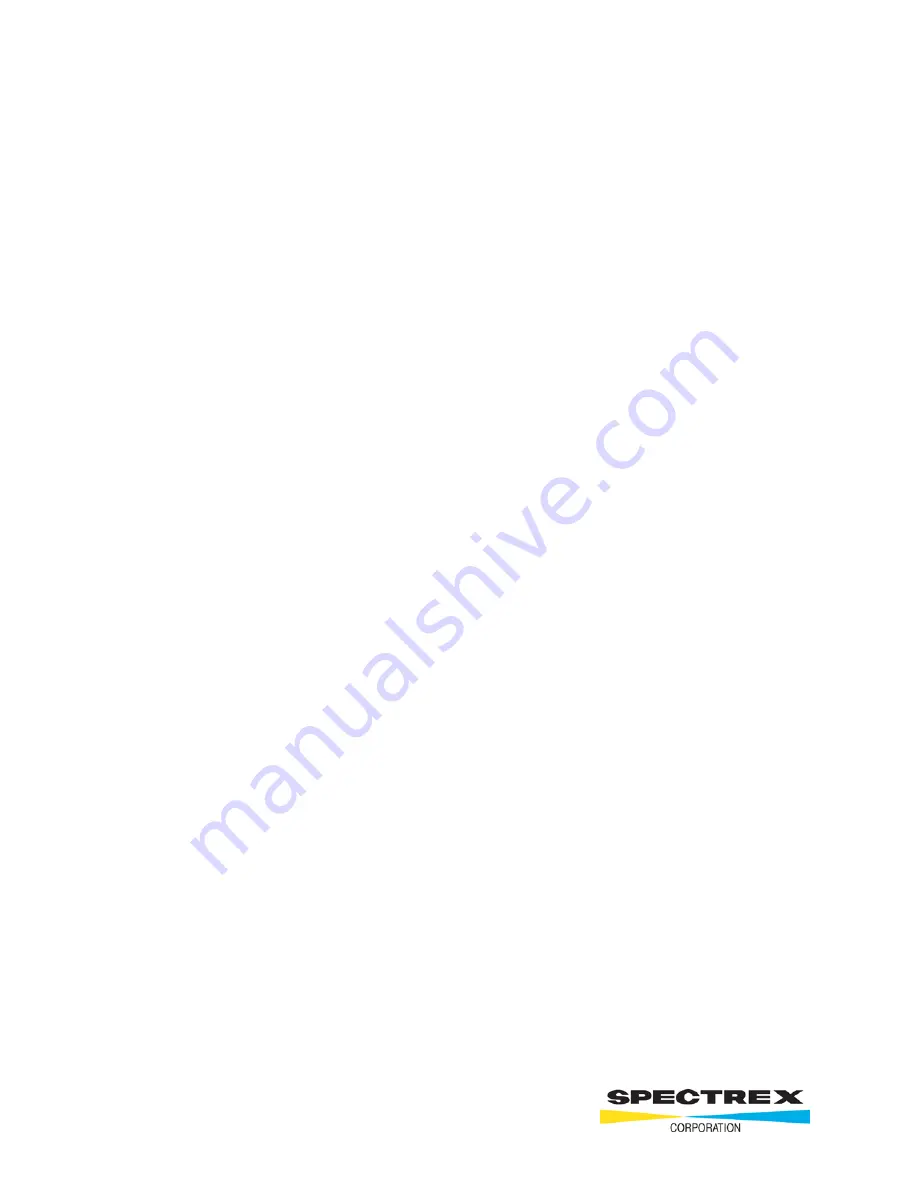
6
As the illuminating beam sweeps through the liquid at a constant rate of speed, a
definite period of time will correspond to a definite scanned volume. An electronic
timer is provided to give an exact period and this is factory preset to give an
output count in counts/mL.
The amount of light scattered by a particle in the sensitive zone of the optical
system is a function of the scattering angle and the relative index of refraction of
the particle. This instrument collects and averages light that has been scattered
in a near-forward direction over a solid angle ranging from 4° to 19°. As particles
may be at any location within the depth of field, a variation of collected light of
approximately ±15% is to be expected on a single reading of one particle count.
By averaging successive readings, the effect of these variations in sizing
measurements can be minimized.
In-situ measurements are based upon a very brief illumination of each individual
particle by the laser beam. The size of each particle is determined by the light
scattered by the particle and the fraction of that light which reaches the
photodetector. Individual measurements will vary around an average value as a
result of optical and electronic noise, particle orientation, and particle position in
the field of view. The greater the number of individual measurements which are
averaged, the closer the average will be to the true value. Because the in-situ
measurement is nondestructive, it is possible to repeat measurements any
number of times so as to increase the accuracy of any test procedure.
All the particulate size measurements are based on the amount of scattered light
reaching the collection system. Anything that attenuates the light will have some
effect on the calibration. For most colorless liquids and clear bottles, the optical
attenuation (opacity) is so small that it can be neglected. For colored liquids or
bottles, the opacity should be checked with the opacity meter (available as an
optional attachment).
Imperfections on glass bottles and/or dirt on the bottle exterior will also attenuate
light to some degree and may influence the calibration. This can easily be
checked by rotating the bottle so that the laser beam enters and leaves through a
clean area. Wipe the bottle carefully with a lint-free cloth to remove any
smudges and fingerprints. If the bottle is properly located on the “V” block, the
walls of the bottle will be out-of-focus.
Содержание PC-2300
Страница 4: ...3 INSTRUMENT DIAGRAM 3 ...






































